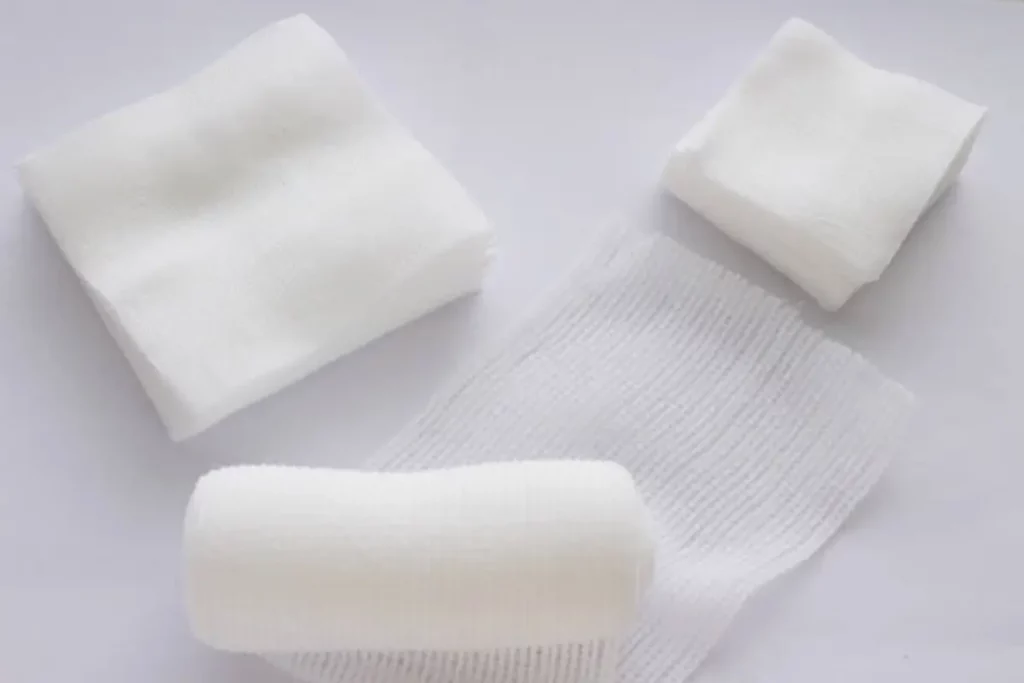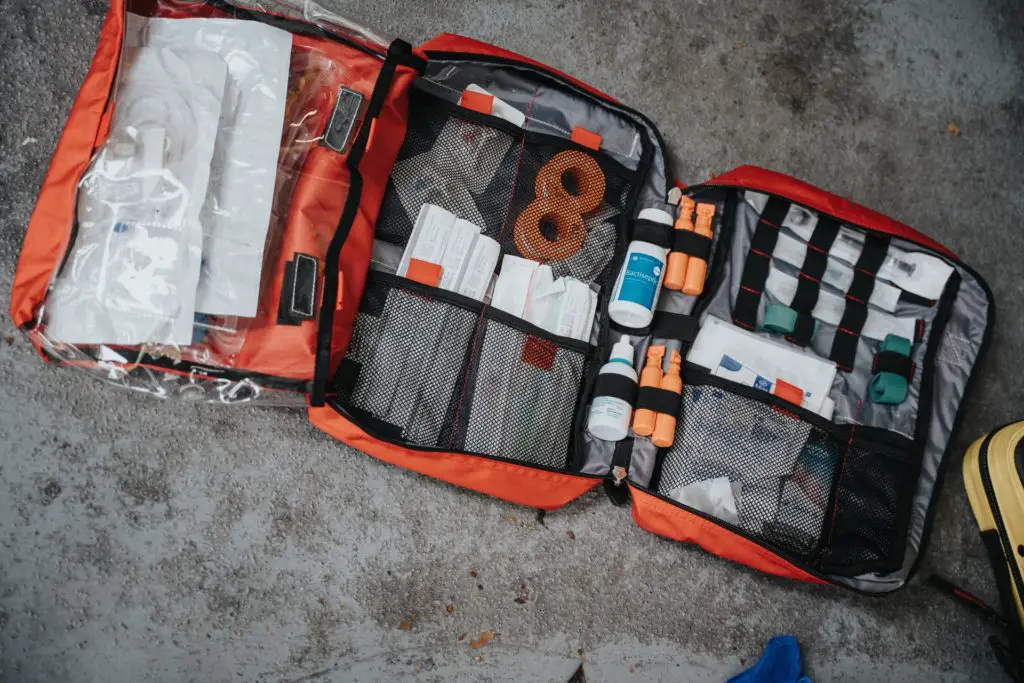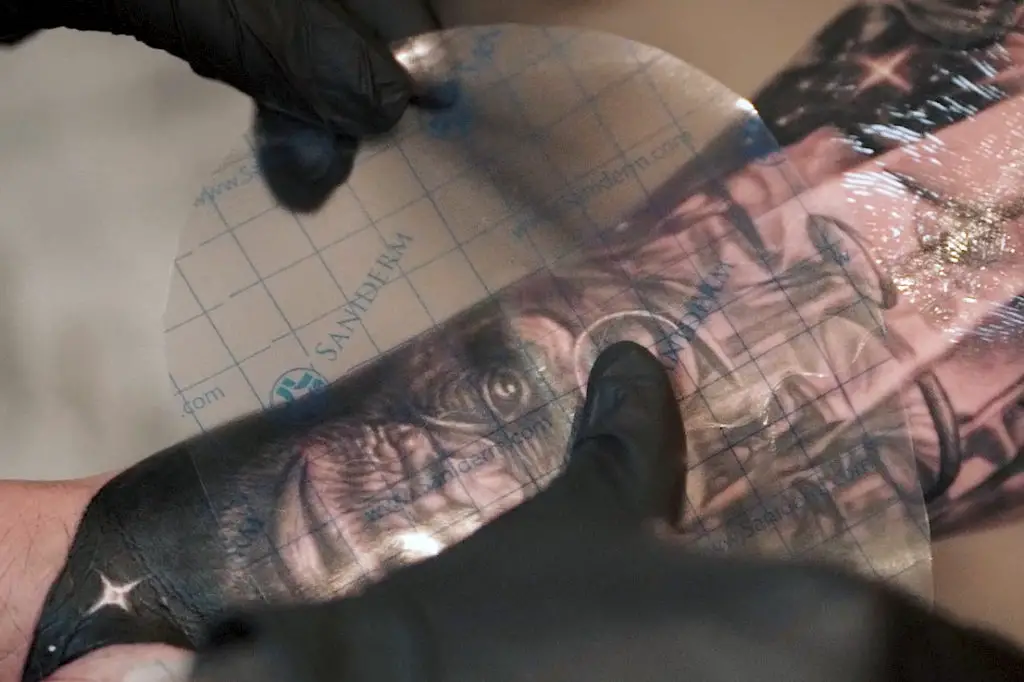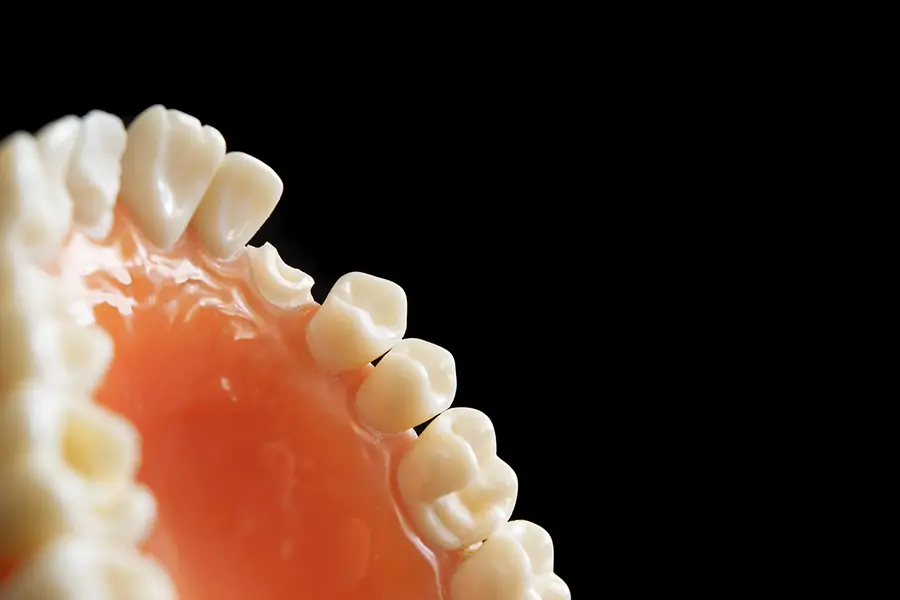Building your first aid kit takes time, a bit of research, and some money as well. One aspect you certainly cannot overlook is the many different types of gauze available. You should know what to buy, what they are used for, and how to use them if necessary. This article will discuss the multiple types of gauze and more, so let’s get started.
Gauze Pads
This form of gauze comes in several different sizes and can come in a sterile dressing package (usually a single pad or two in one packet), or non-sterile packs (usually larger with more gauze pads).
These types of gauze pads also come in different sizes: 2 inch by 2 inch is the smallest, 3 inch by 3 inch as the medium size, and 4 inch by 4 inch as the largest in this type of gauze. The 2×2’s usually come as a sleeve, oftentimes labeled as gauze sponges. To build an appropriate first aid kit for your home or vehicle, you should have the following:
- 1 sleeve of 2 inch by 2-inch gauze sponges
- Use these for cleaning up small cuts and scrapes
- Several sterile packs of 3 inch by 3-inch gauze
- Use these to dress wounds, meaning, to place on a wound that has already been cleaned and this will be the dressing that remains in place, often secured with medical grade tape.
- Several sterile packs of 4 inch by 4-inch gauze
- These would be used to dress larger wounds after cleaning. Secure the gauze in place with medical grade tape.

Rolled Gauze
Rolled gauze is precisely what it sounds like: it’s gauze material that instead of being cut into squares like gauze pads, it’s packaged in long strips that are rolled. Rolled gauze also comes in a few different sizes, 2-inch, 3-inch and 4-inch wide. The rolls can vary in length but are usually 2.5 to 4 yards long.
Rolled gauze is designed to be able to “roll” over wounds and around hands, arms, or legs for coverage. For your first aid kit, you should include the following:
- 2 rolls (a box usually contains 6 rolls) of 2 inch rolled gauze (prefer sterile but not necessary)
- These small gauze rolls are used to cover finger or hand wounds; they can hold other dressings in place (such as a sterile gauze pad, thus avoiding the need for tape); OR if sterile, they can be applied directly on the wound.
- At least 2 rolls of 3 inch rolled gauze, sterile or nonsterile
- These gauze are the perfect size for wrapping wounds on hands and arms. If they are sterile, you can place them directly on a wound, if they are not sterile, you would use sterile gauze pads first.
- At least 4 rolls of 4 inch rolled gauze, sterile or non-sterile
- These gauze are the perfect size for wrapping wounds on legs. If they are sterile, you can place them directly on a wound, if they are not sterile, you would use sterile gauze pads first.

Compressed Gauze
Often called z-fold gauze, this is a type of sterile, tightly packed gauze that comes in airtight sealed single use package. These gauze have a very specific design and are used for hemorrhage (bleeding) control. These gauze are designed for emergency situations where a victim has a bleeding wound that needs to be covered quickly.
The gauze is compressed accordion style, so when you open the package, you basically pull open the gauze and use it to “pack” a bleeding wound while simultaneously holding direct pressure on the wound. Then you would wrap the entire wound with a rolled gauze to hold it in place.
This gauze is not typical in your average home first aid kit, but a couple of rolls would be a useful upgrade or could substitute for a roll of gauze.

Hemostatic gauzes
A hemostatic gauze is a unique form of gauze that was originally created for combat medics.
The first hemostatic gauzes designed included ingredients within the gauze itself that helped blood to clot faster through a variety of different chemical reactions. The chemicals inside the gauze solidify the blood flowing from a wound, and when pressed tightly against a bleeding wound, help slow and even stop bleeding.
Over the years, these dressings have advanced and been introduced to the civilian side. All EMS services as well as many police departments carry these types of gauze. You’ll also find them utilized in the hospital emergency department.
There are several different brands of hemostatic gauze on the market. HemCon, QuikClot, CelOX, and NuStat are all different manufacturers of hemostatic gauze. The most popular is QuikClot, but all the dressings basically do the same thing.
A hemostatic gauze is easy to use and when applied correctly can be a life saving measure to stop life threatening bleeding.
There are some warnings to consider. The hemostatic agents typically sting and can be painful. Also, some are made with shellfish, so be sure to read the label if there are allergies in the home. Like all sterile gauzes, they do carry an expiration date.
Hemostatic gauze isn’t typical in your average first aid kit, but should be considered for high risk activities. You might consider this if you have a home workshop, are a hunter, or use power tools that could cause a serious injury.

Iodoform gauze
This type of gauze is thin, sterile, and comes in plastic cup containers. It is a one-time use gauze. This gauze is very specifically designed to pack into deep wounds, such as post-surgical wounds, or an abscess that was recently drained.
This form of gauze would never be used in an emergency but would be used primarily for wound healing. Watch the video below on Iodoform gauze.
Since it’s only used on specific types of wounds, it isn’t necessary to carry this type of gauze in your home or vehicle first aid kit. You would likely only ever need it per the directions of a doctor or for advanced first aid kits in remote locations.

Does gauze expire?
One last recommendation would be that after you fully stock your first aid kit with gauze, you need to be aware of what gauze expires when.
Non-sterile gauze is not really going to go bad, so that is not as high of a priority as sterile gauze. Sterile gauze should be replaced as it expires.
Using a permanent marker and writing large expiration dates on the gauze can help you keep track of when you need to buy new to update your first aid kit. This should be done yearly, as a check, but most sterile gauze has a life of several years.




